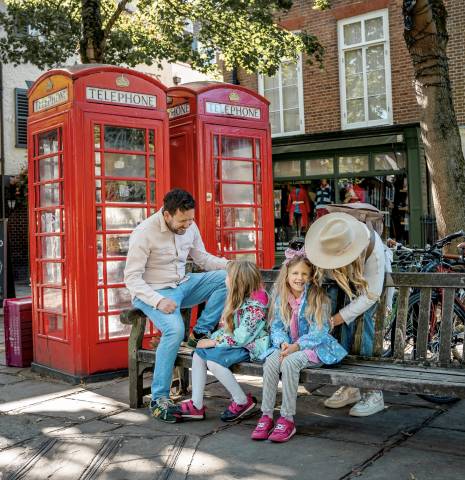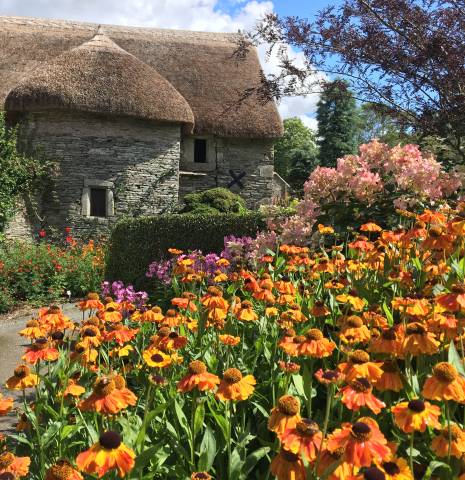- Our top picks
- Influencer guides
- Book, TV and film locations
Our top picks
Influencer guides
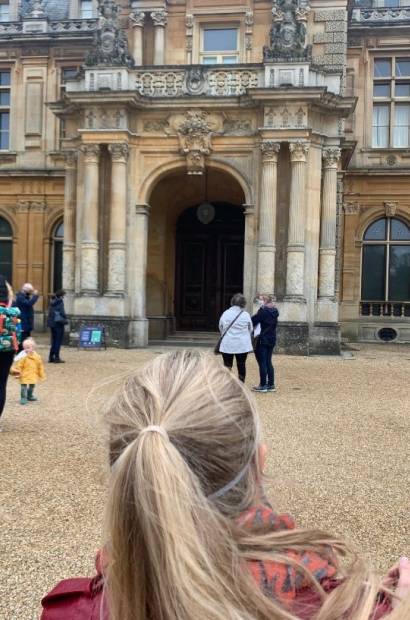
Explore Buckinghamshire
With Sophie Morgan's accessible guide

Live it up in London
With Rosie Jones and Big Zuu

Discover Nottingham
With Sophie Morgan's accessible guide
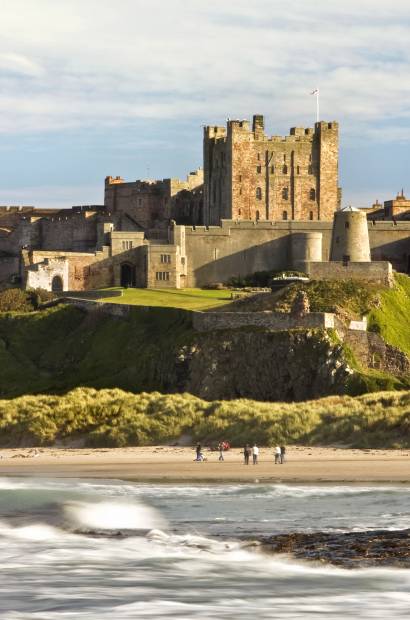
Get expert tips
From Hand Luggage Only

Eat up Manchester
With Eulanda & Omo's foodie guide

Get cultured in Cambridge
With Rosie Jones and Ashley Storrie

Wheelchair-accessible adventures
In the North York Moors
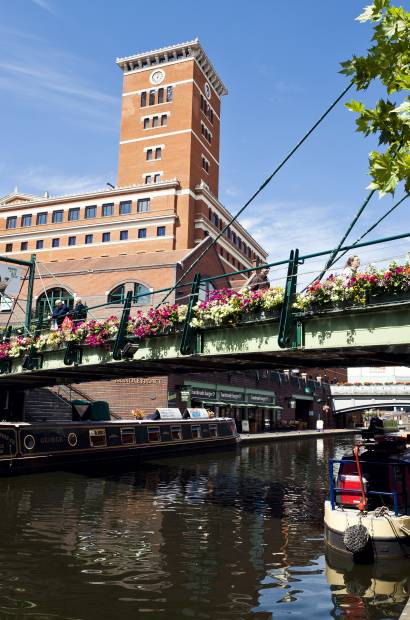
Escape to Birmingham
With Sophie Bradbury-Cox
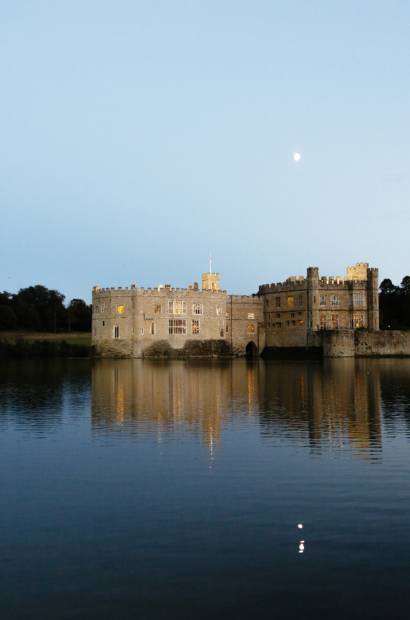
Go wild in Kent
With the Scummy Mummies

Visit the Peak District
With Sophie Morgan's accessible guide

Go skiing in Manchester
With Rosie Jones and Mike Wozniak
Book, TV and film locations

Where was Bridgerton filmed?
Take a tour of the ton
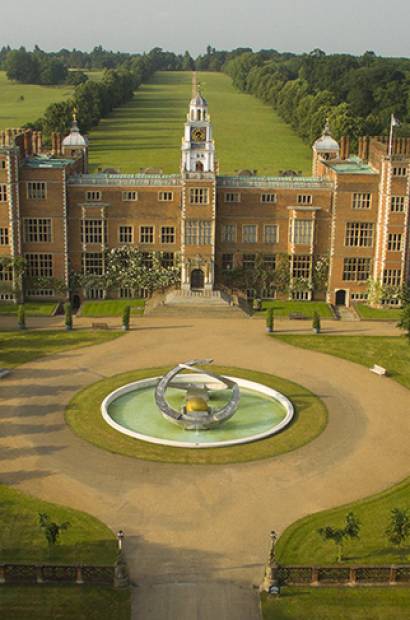
Where was The Crown filmed?
Walk in the footsteps of TV royalty
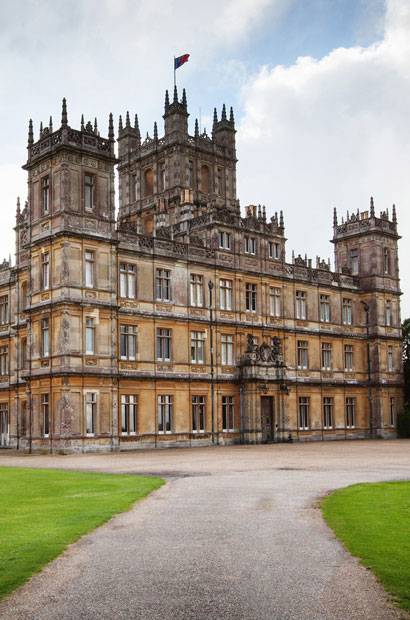
Where was Downton Abbey filmed?
Find the world's most beloved country home

Where was The Great filmed?
Step inside this hilarious period drama
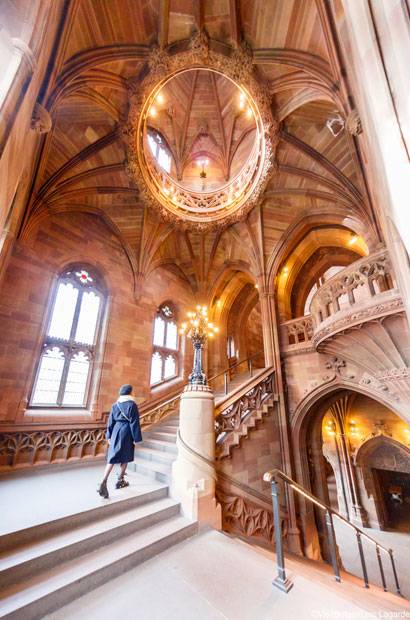
10 Oscar winners filmed in England
Scene-stealing locations that deserve your attention
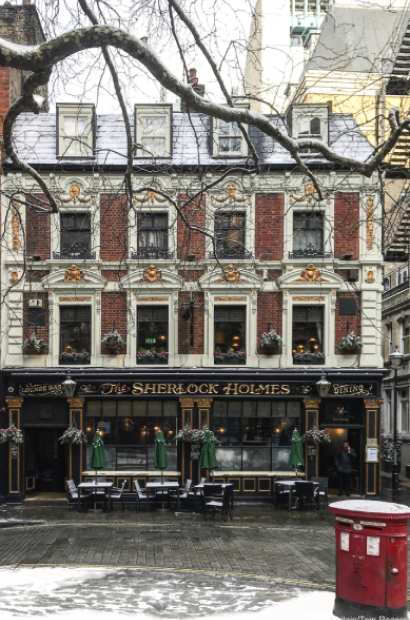
8 Sherlock Holmes attractions
See where BBC's Sherlock was filmed
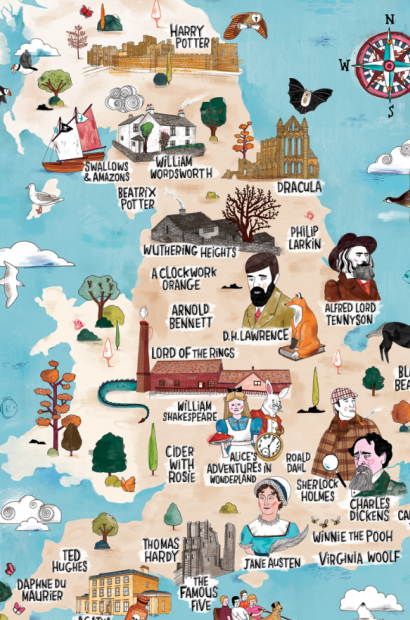
Step into a storybook
Discover our interactive literary map
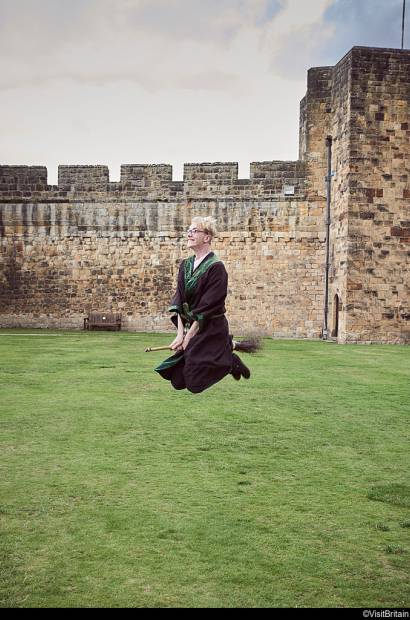
A muggle's guide to Harry Potter filming locations
Wander like a wizard
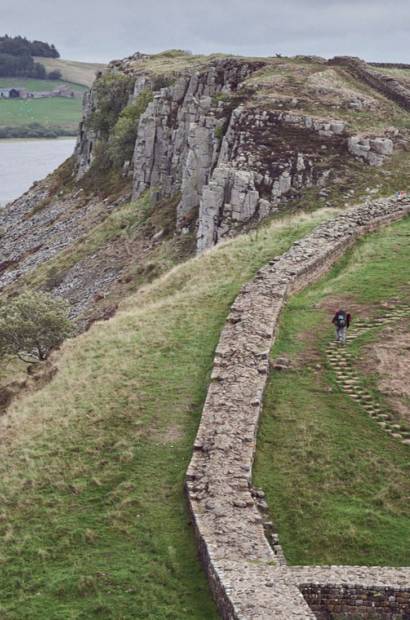
9 Game of Thrones®-style experiences
Become the King of the North

